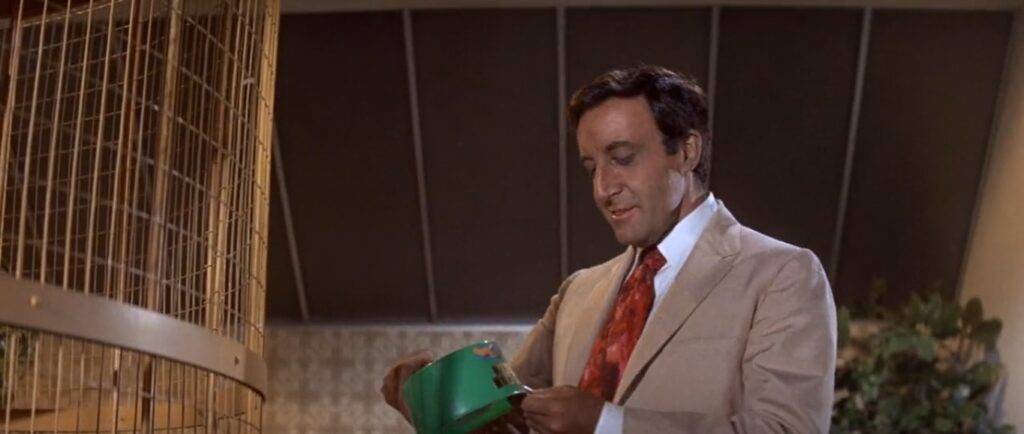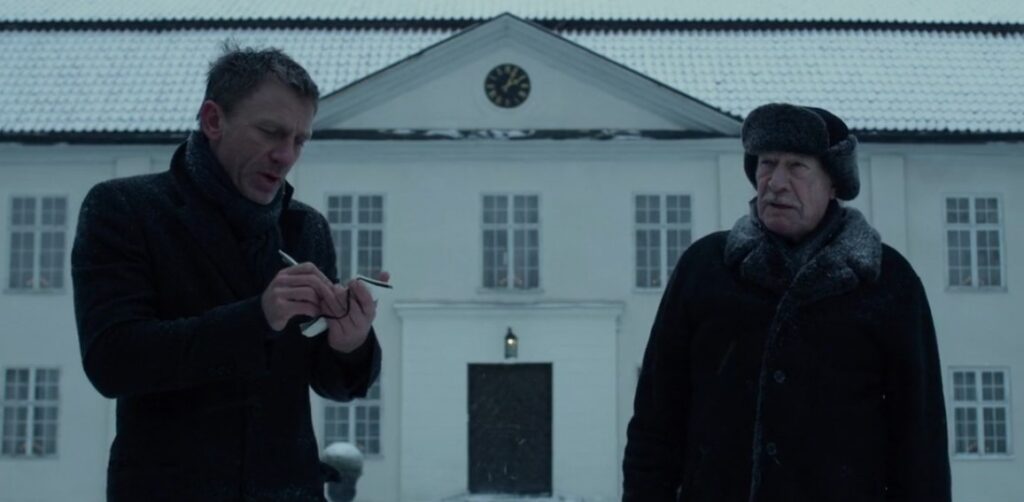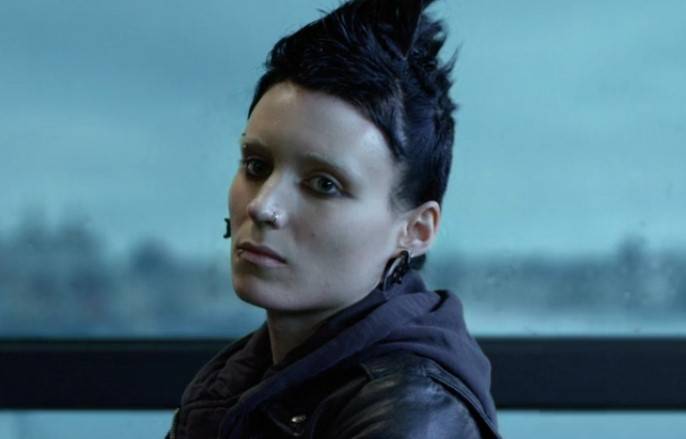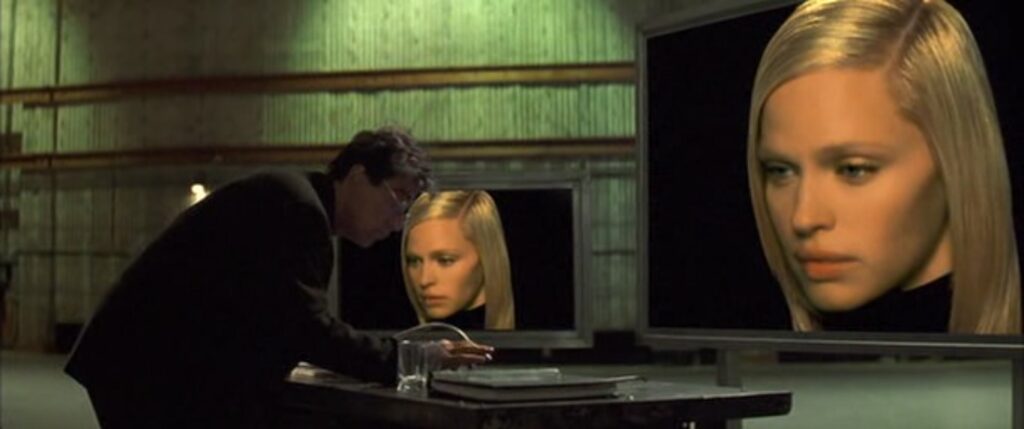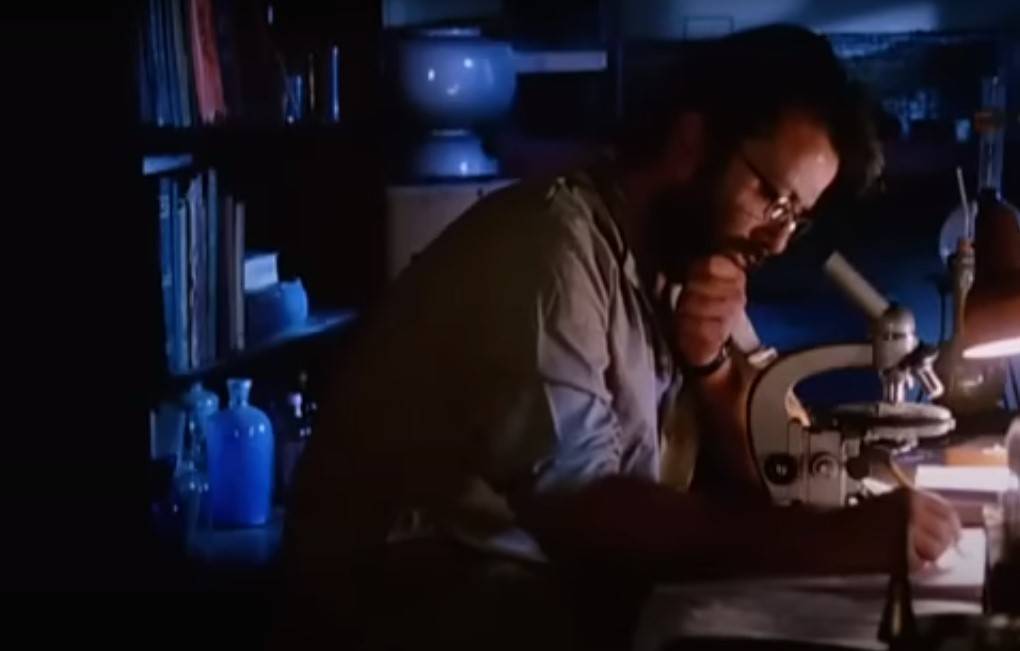Released in 1987
10/10
Genre- Drama
Main Cast: Michael Douglas, Charlie Sheen, Martin Sheen
Music- Stewart Copeland
Screenplay: Oliver Stone & Stanley Weiser
Direction- Oliver Stone

“Wall Street (1987)”
BRIEF INTRODUCTION Wall Street is a gripping drama that revolves around the high-stakes world of finance. The film centers on the ambitious and young stockbroker, Bud Fox (played by Charlie Sheen) who becomes intertwined with the ruthless and influential corporate investor, Gordon Gekko (portrayed by Michael Douglas). As Fox eventually steps into Gekko’s world of greed and insider trading, he faces ethical/moral dilemmas and a struggle for his soul. Wall Street is a compelling investigation of the moral and ethical choices individuals make in their quest for success and wealth, offering a thought-provoking look at the luxuries and challenges of the financial industry in the 1980s.
The Movie The film’s accuracy in depicting the workings of the real-world financial industry during the 1980s is striking and serves as a sharp commentary on the era’s extravagances and the consequences of uncontrolled ambition. Oliver Stone’s vision for the story is evident in the film’s portrayal of the final conflict between greed and ethics/morals, making Wall Street an engaging drama that reflects the enduring struggle between financial success and personal integrity.

“Wall Street (1987)”
Performances Michael Douglas, Charlie Sheen, and Martin Sheen all delivered commendable performances in Wall Street. Michael Douglas stands out with his portrayal of Gordon Gekko, bringing a magnetic and ruthless quality to the truly compelling character. His portrayal of corporate greed is iconic, while Charlie Sheen effectively portrays the moral dilemmas faced by his character, Bud Fox, as he steers the treacherous waters of Wall Street. Martin Sheen provides a solid performance, supporting the contrast with his high morals as Bud Fox’s father.
P.S. Michael Douglas won the Academy Award (1988) and Golden Globe (1988) in the Best Actor category for his portrayal of Gordon Gekko in “Wall Street (1987).”
In case, you missed the previous post, here’s the link https://perfectmisenscene.com/?p=935






